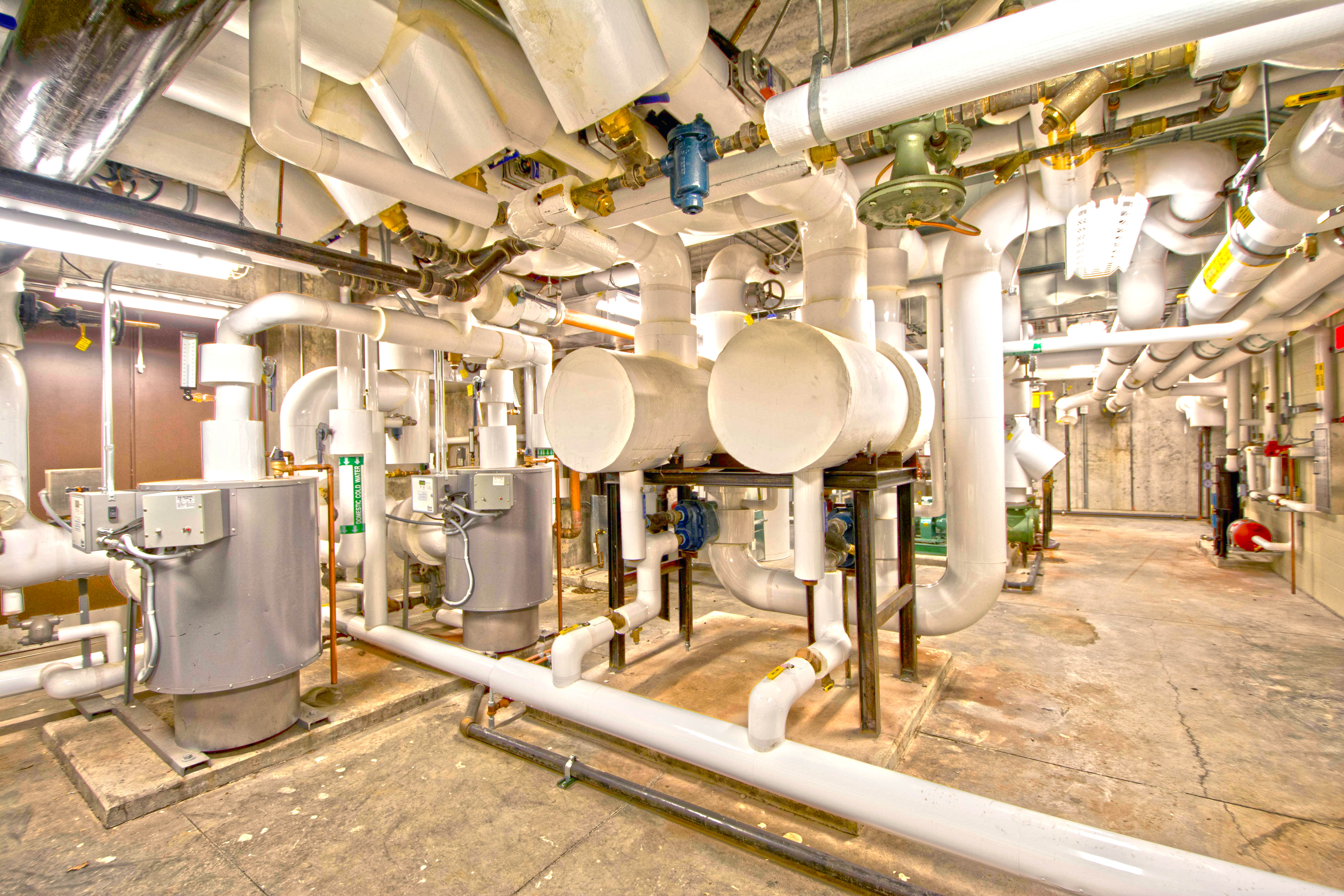Learn About the Code Changes for 2022
Within the built environment, few construction codes wield as much influence as energy codes. Their effects are wide-reaching, covering wall insulations, fan motors, commissioning activities, and everything in between. Building designers must be alert to changes in the energy codes, as designs meeting an older code might require significant revision to meet the newer ones. With major revisions on the horizon, here are ten things to know about impending changes to the energy code in Michigan.
1. Coming in 2022:
- The Michigan Energy Code was last revised in 2017 and is expected to be revised again in 2022. The exact date is still unknown.
2. Based on ASHRAE 90.1-2019, with Modifications:
- The current Michigan Energy Code for commercial buildings is based on the ASHRAE 90.1-2013 standard. The State of Michigan will be skipping ahead two versions and adopting ASHRAE 90.1-2019. PBA expects that the State will carve out exceptions and customizations to the 2019 standard like they did for certain electrical metering requirements in the 2013 standard. However, the State’s proposed exceptions have not yet been released for public comment.
3. Only New Buildings, Though Repairs Affected:
- The Michigan Energy Code affects only new construction and major renovations of buildings. Existing buildings do not require retrofit to meet the new Energy Code, although replacement equipment is of increased interest. For example, the 2013 code allowed a broken constant volume fan to be replaced with a new constant volume fan. In many cases, ASHRAE 90.1-2019 requires that fans be replaced with a variable volume option.
4. Commissioning Requirements Increased:
- The ASHRAE 90.1-2019 standard recognizes that exceptionally efficient materials and equipment are not enough – they need to be operated efficiently for peak performance. ASHRAE 90.1-2019 requires formal commissioning for any projects over 10,000 sf and sets extensive requirements for which commissioning activities must be performed. It requires the commissioning provider to be detached from the design and construction team. Peter Basso Associates’ commissioning staff work independently from design staff, and can therefore provide the service for projects designed by PBA as well as for projects designed by others.
5. Shifting Climate, Southern Michigan Unchanged:
- As the climate changes, building envelope and HVAC designs must react to different extremes of heat and humidity. While Michigan’s Lower Peninsula remains largely unchanged from the old code (Zone 5A in the south, Zone 6A in the north), most of the Upper Peninsula has been re-categorized from Zone 7 (“Very Cold”) to Zone 6A (“Cold and Humid”).
6. Walls Unchanged, Glass Tighter:
- Within southern Michigan’s climate zone (5A), the amount of insulation required in exterior building walls and roofs is essentially unchanged in ASHRAE 90.1-2019, although the requirements for windows have tightened. Compared to the 2013 standard, 15% better thermal performance and 5% better solar performance are required.
7. Air Barrier Testing or Inspection:
- Air-tight exterior walls have been required by the energy code for several years, but the new Standard cracks down on installing them correctly. ASHRAE 90.1-2019 requires air barriers to either be meticulously inspected for continuity during the installation process or be tested with a whole-building blower door test.
8. New Rules for Rooftops:
- Rooftop units gain two major requirements in ASHRAE 90.1-2019. More complex sensors and controls are required to supervise outside air economizers, and more sophisticated controls are required for RTU exhaust fans over ½ HP. RTU manufacturers are modifying their product lines to accommodate these changes, though it may increasingly be useful to integrate RTUs into a central Building Automation System (BAS).
9. Lighting Power Decreased:
- The ubiquity of LED lighting has arrived in ASHRAE 90.1-2019, which now assumes that all lighting in a building is LED. Compared to the 2013 standard, the new code allows for a 20% reduction in allowed lighting power.
10. Occupied Standby Setback:
- Building on the success of using occupancy sensors to disable lighting in unoccupied spaces, ASHRAE 90.1-2019 will also require many of those spaces to reset their thermostat setpoints when unoccupied, and in some cases stop supplying air altogether.
Although some modifications to these requirements may still be carved out, these points and more from ASHRAE 90.1-2019 are set to become the Michigan Energy Code sometime next year.
Peter Basso Associates will continue to stay on top of any updates to the code and will publish to our blog as they are released by the State. Until then Peter Basso Associates is available to help you make sense of ASHRAE 90.1-2019 and prepare you for how it might affect your next building project.

